The tradition of preparing smoked lamb for Christmas in Iceland is deeply rooted in the country’s cultural heritage, with the choice of wood playing a pivotal role in shaping the flavor and authenticity of this festive dish. For generations, Icelandic families have gathered around smoked lamb, or hangikjöt, as a centerpiece of their holiday celebrations. The process of smoking the meat is as much an art as it is a science, and the type of wood used is a subject of both tradition and debate among local chefs and home cooks alike.
In Iceland, the most commonly used wood for smoking lamb is birch, which grows sparsely but resiliently across the island’s rugged landscapes. Birch wood is prized for its mild, slightly sweet smoke, which imparts a delicate yet distinct flavor to the meat without overpowering its natural richness. Unlike stronger woods such as hickory or mesquite, birch allows the lamb’s inherent taste to shine while adding a subtle smokiness that has become synonymous with Icelandic Christmas feasts. The scarcity of large forests in Iceland means that birch wood is often harvested sustainably, with families carefully selecting branches or fallen trees to ensure the tradition can continue for future generations.
Another wood occasionally used in the smoking process is sheep manure, a method that might raise eyebrows outside of Iceland but is considered a time-honored technique locally. Dried sheep dung, when burned, produces a unique, earthy smoke that complements the lamb’s flavor in a way that hardwood cannot replicate. This method harks back to a time when Icelanders had to make do with the resources available in their harsh environment, turning what might seem like an unconventional fuel into a cherished culinary tradition. While not as common today, some purists still swear by this method, claiming it delivers an unmatched depth of flavor.
The smoking process itself is a labor of love, often taking several days to complete. The lamb is first cured with a mixture of salt, sugar, and sometimes spices like bay leaves or juniper berries, before being hung in a smokehouse. The slow, steady infusion of smoke from birch wood—or in rarer cases, sheep dung—transforms the meat into a tender, aromatic delicacy. The result is a dish that is both nostalgic and deeply satisfying, evoking memories of past Christmases and the warmth of family gatherings.
In recent years, there has been growing interest in experimenting with different types of wood to create new variations of hangikjöt. Some modern Icelandic chefs have begun incorporating imported woods like apple or cherry, which lend a fruitier note to the smoked lamb. While these innovations have their admirers, traditionalists argue that anything other than birch or sheep manure strays too far from the essence of the dish. This tension between innovation and tradition reflects a broader conversation in Icelandic cuisine about preserving heritage while embracing contemporary influences.
Beyond its culinary significance, the choice of wood for smoking lamb also speaks to Iceland’s relationship with its natural environment. The country’s limited tree cover has historically made wood a precious resource, and the careful selection of smoking materials is a testament to the ingenuity of its people. Whether using birch branches gathered from windswept hillsides or dried sheep dung collected from pastures, Icelanders have long understood how to harness their surroundings to create something extraordinary.
As Christmas approaches each year, the scent of smoked lamb wafting from kitchens and smokehouses across Iceland serves as a reminder of the enduring power of tradition. The wood used in the process is more than just fuel—it is a link to the past, a connection to the land, and an essential ingredient in a dish that brings people together during the darkest days of winter. For those who have grown up with hangikjöt, the taste of birch-smoked lamb is not just a meal, but a celebration of Icelandic identity.
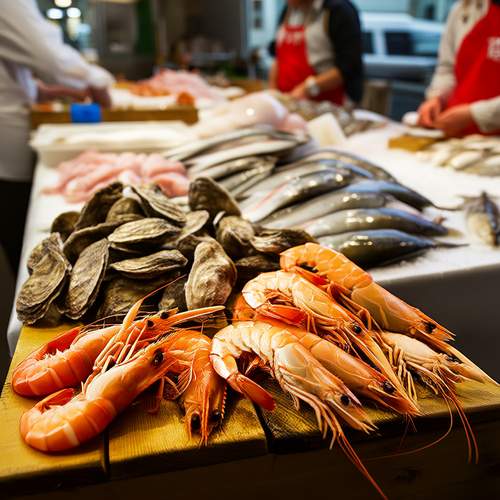
By /May 26, 2025
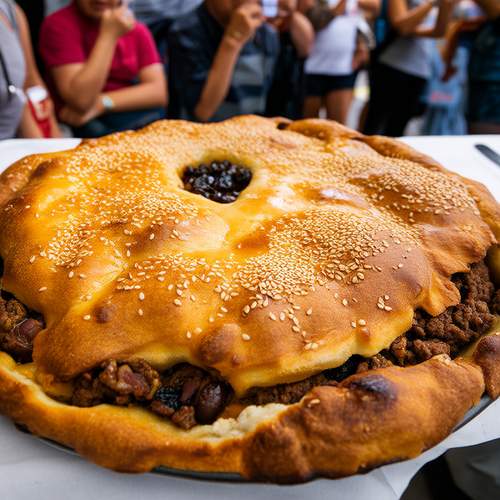
By /May 26, 2025
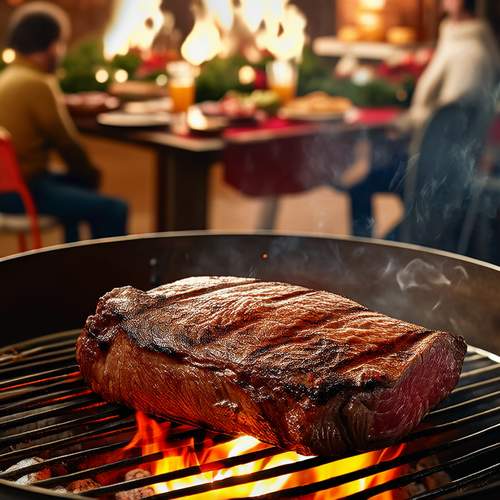
By /May 26, 2025
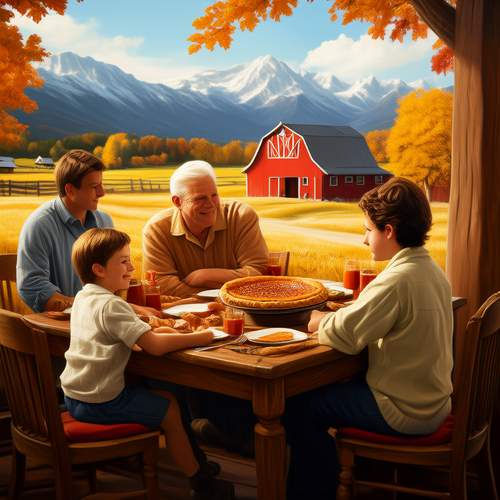
By /May 26, 2025
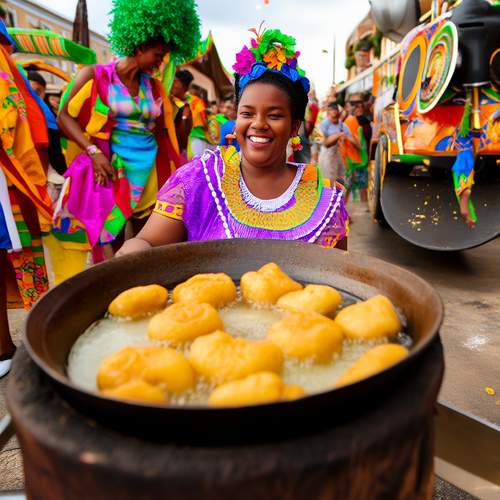
By /May 26, 2025
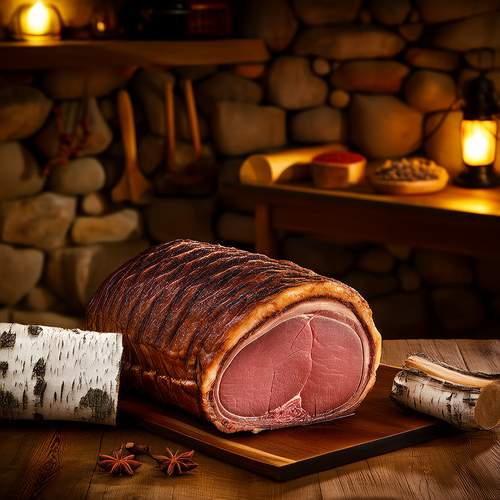
By /May 26, 2025
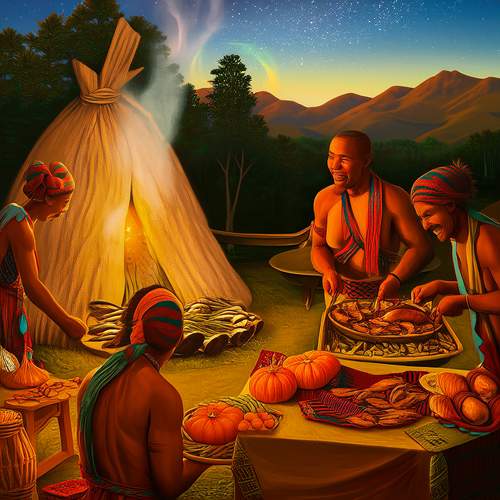
By /May 26, 2025

By /May 26, 2025
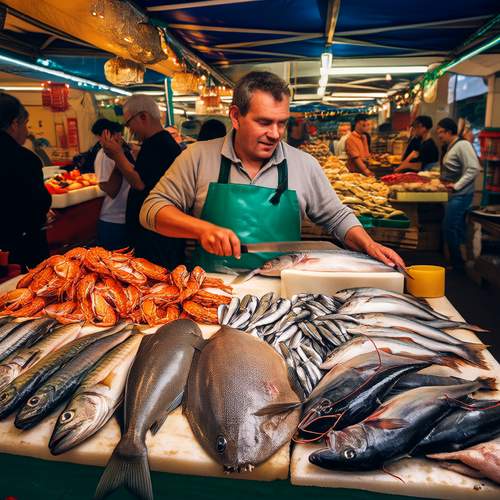
By /May 26, 2025
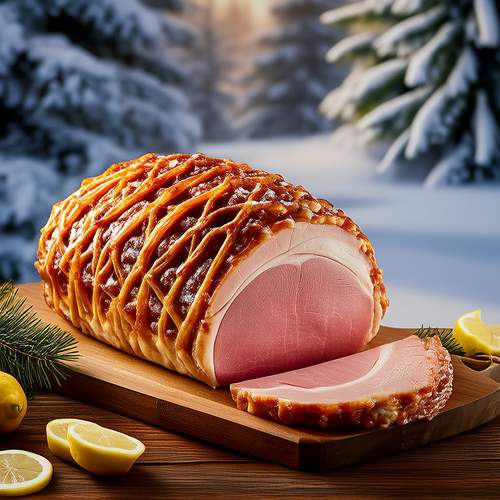
By /May 26, 2025
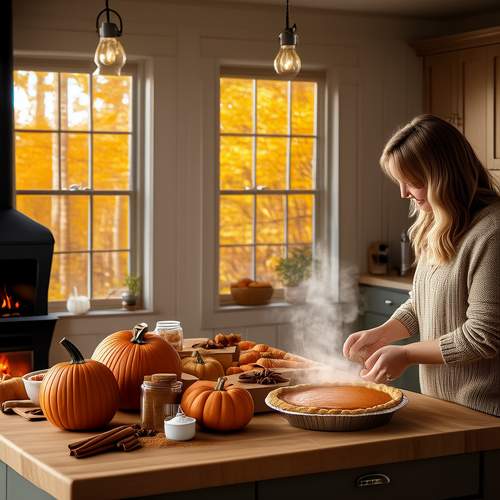
By /May 26, 2025
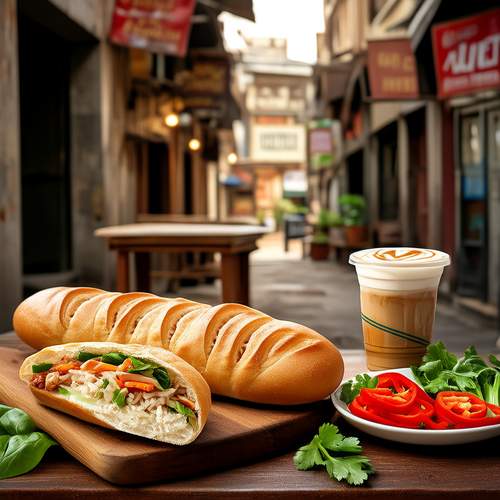
By /May 26, 2025
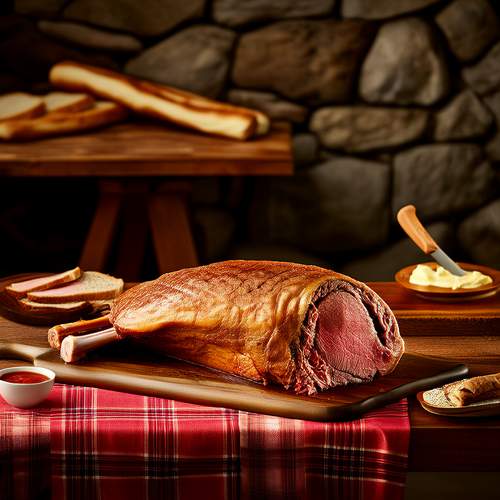
By /May 26, 2025
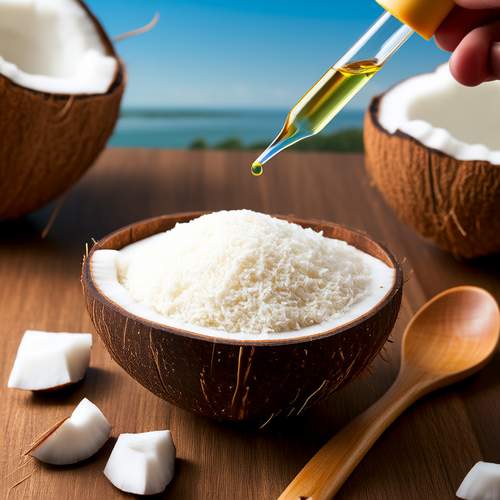
By /May 26, 2025
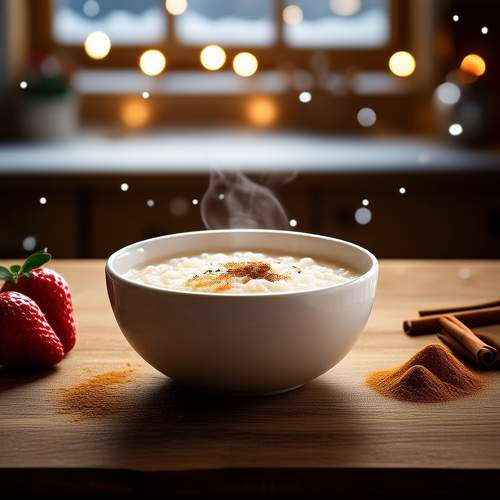
By /May 26, 2025
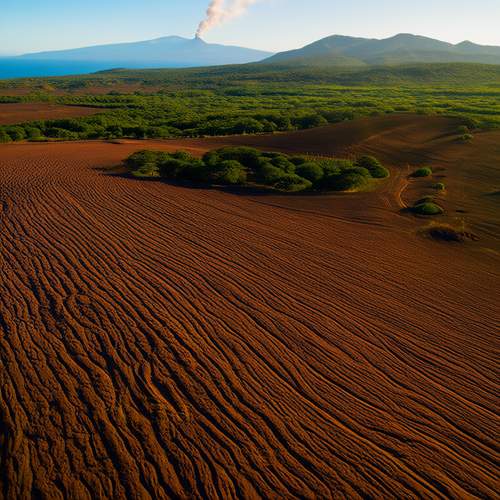
By /May 26, 2025
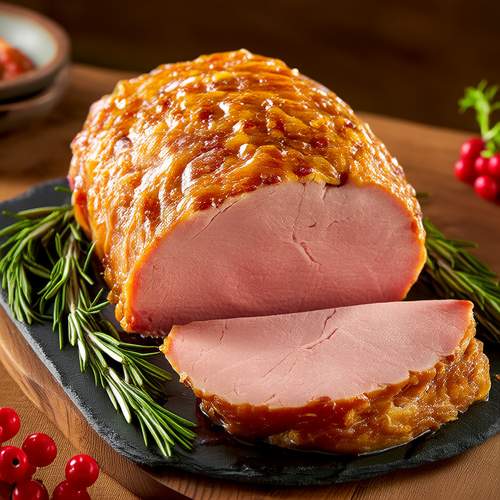
By /May 26, 2025